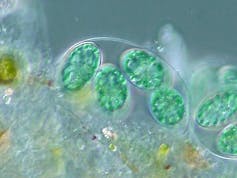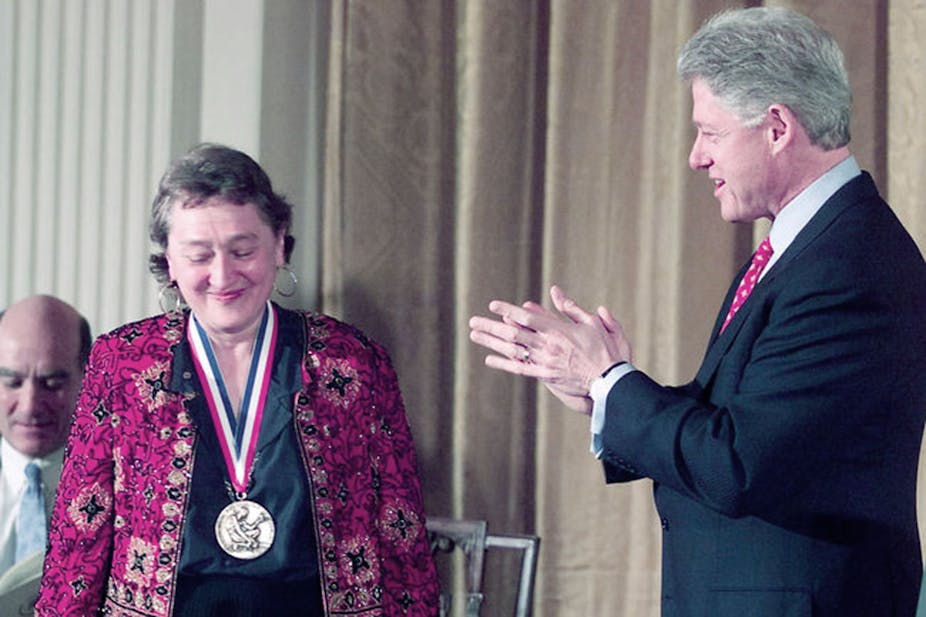Although that for a long-time symbiosis was considered to be quite exceptional and restricted to few classical textbooks examples like lichens, American biologist Lynn Margulis (1938-2011) devoted most of her professional life to demonstrate that it is in fact a pervasive mechanism uniting what would otherwise would appear as isolated biological species and lineages. Starting with her seminal assay, “On the origin of mitosing cells,” published in the Journal of Theoretical Biology in 1967 (authored as Lynn Sagan), her lifelong work on eukaryogenesis and the role of symbiosis in evolution stands as a valid and authoritative contribution to science.
She was not the first to discuss the significance of symbiosis to explain the origin of mitochondria and chloroplasts, but no one else had done it to her extent and depth, nor had anyone provided a variety of testable hypotheses by making specific predictions on the chimeric nature of genomes and the mosaicism of metabolic pathways in eukaryotic cells.

Her work was certainly favoured by the social and scientific atmosphere of the 1960s. The molecular biology revolution, together with new developments in electron microscopy, created an extraordinarily rich scientific environment that led to an examination of intracellular structures and organelles that rapidly confirmed the bacterial traits of mitochondria and chloroplasts. During those times people were looking at DNA and proteins, but Margulis did not fell under the spell of the double helix, and turned her gaze to other directions and developed a wider perspective in space and in time of the biosphere. As she was quick to acknowledge, Carl Sagan and his colleagues played a direct role in introducing her to issues related to planetary sciences, but she rapidly took off by herself.
Microbes as agents of geological change
The timing was good. There was a growing interest, undoubtedly stimulated by the development of space exploration and the financial backing of NASA, of the geochemical history of the Earth, which facilitated the recognition of microbes as agents of geological change. This situation led in the USA to the development of a loosely defined group of scholars that included senior scientists like the geophysicist Lloyd V. Berkner and paleobiologists Elso Barghoorn and Preston Cloud, as well as young researchers from a wide variety of fields with a strong interest in the origin and evolution of life and their complex intertwining with Earth’s history. Their youth, intellectual boldness and scientific drive were major assets, as were the new funding policies that were being implemented at the USA.
A courageous scholar and a most irreverent and prolific writer who overturned the tedious conventions of scientific literature, Lynn Margulis’s remarkable work on the origin of eukaryotes and the role of symbiosis in evolution stands as a magisterial contribution of science. She changed forever our understanding of the biosphere, insisting that no organism lives in isolated purity. In many ways, the striking demonstration of the deep symbiotic interaction between microbial species and other forms of life, as shown by the recent development of microbiome studies, is a demonstration of her understating of the role of prokaryotes.
Antonio Lazcano of the Universidad Nacional Autonoma de Mexico will give a conference on December 6, 2017 at 2 p.m. titled “Symbiosis and cell evolution: Lynn Margulis and the origin of eukaryotes”. It will take place in the auditorium of the Grande Galerie de l’Evolution, Muséum National d’Histoire Naturelle, 36 rue Geoffroy Saint Hilaire, Paris.

